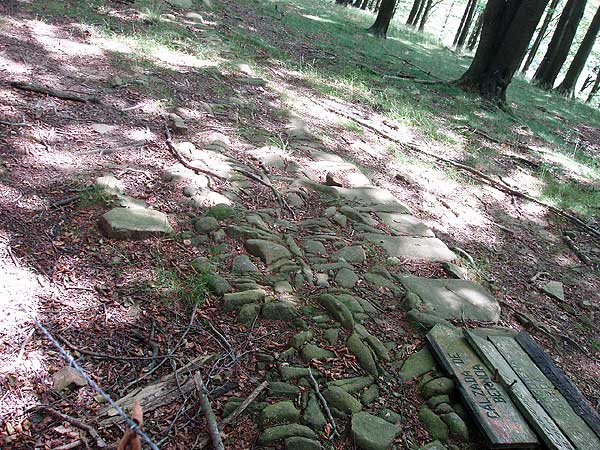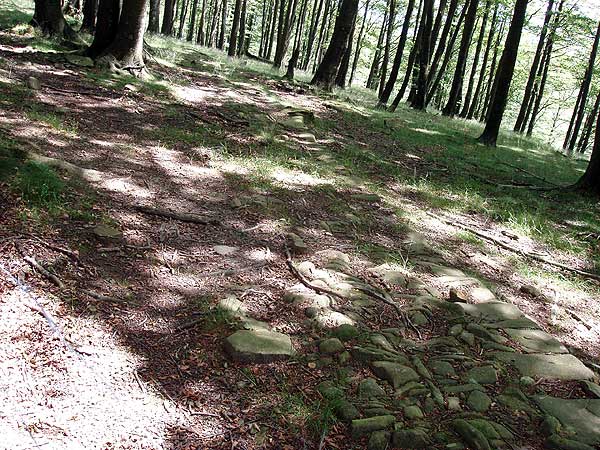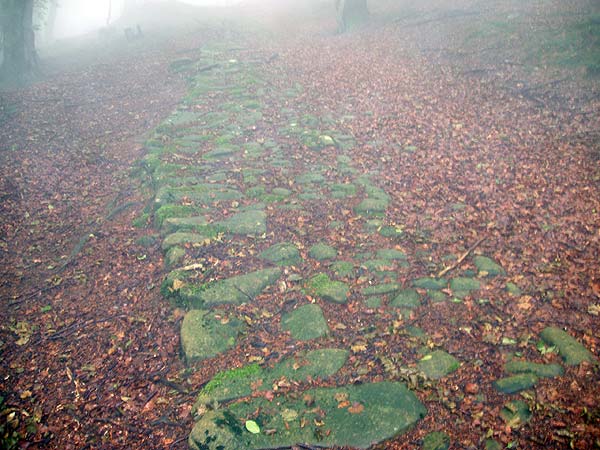Lime kilms

he production of lime was a job that was developed in Ataun for 5 centuries. At that time, lime was essential for survival: it was necessary in quarries, building work and agriculture. The materials needed to produce lime were stone and fuel and all the work could be carried out without the need to leave Ataun. [2]. Lime is a fertilizer or a valuable element for building work and it is produced by burning limestone in a hole. In Ataun, there were three types of lime kilns: holes in the ground, pots and ovens.
The first system used to produce lime was that of the hole in the ground; nowadays, not one is left. Although the system was old and tiring, the lime produced in this way was the cleanest. Wherever there was limestone and fuel (gorse, heather, twigs and branches…) a hole between 5 and 6 metres in diameter and 1 metre deep was made in the ground. The fuel was placed at the bottom of the hole and then, as was the case of the charcoal kilns, the door and the chimney were built. The secret of good lime was to keep the fire going with patience, putting more fuel on little by little. Later, came the pots, better-known in other places as lime kilns or lime holes. This was a great advance as it was no longer necessary for someone to be present to keep the fire going and, besides, they were near the farmhouses. However, it is still a job carried out by neighbours: the transport of stones and wood was, as always, very tiring. The secret of this technique was to adapt the lime kiln to burn wood and stone only, without any difficulty. But although this signified progress, the lime obtained was not as clean as that obtained from the holes made in the ground. One of the few lime kilns still conserved can be found next to the Amundarain farmhouse.
Finally, came the ovens, which made it posible to produce lime continually (day and night). The lime kilns that exist in Ataun today are of this type. They have two main points of entry: the fire door to light the fire and start the lime kiln going and the loading door, through which stone and fuel are added. Today, there are five lime kilns left [1]: Sukia, Urrestarazu-Garakoa, Baztarrika-Garakoa, Olaluzeaga and Errazti the hut in Lizarrusti; the one in Olaluzeaga can be seen by everyone.



